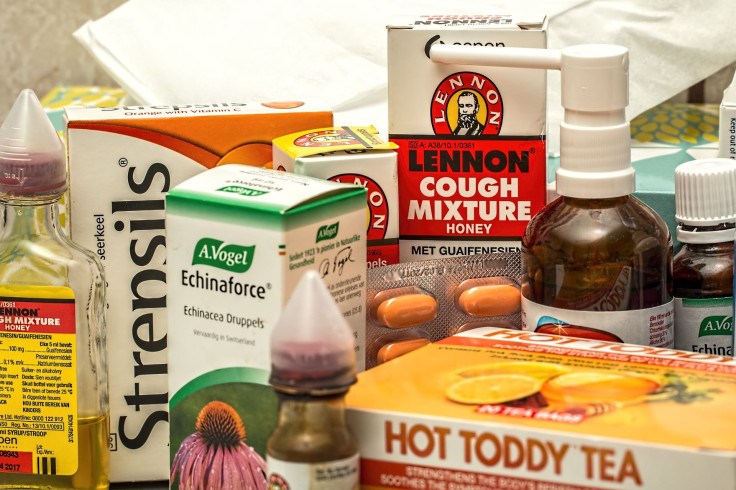Cold Vs. Flu Symptoms: How To Recognize Signs, Determine Best Treatments

Being sick feels awful and gross no matter what has stricken you, but distinguishing between different illnesses could be crucial to your treatment and recovery. However, it can be hard for an untrained eye to tell the difference between two respiratory illnesses: a cold and the flu.
Although they share many of the same characteristics, the flu is worse than a cold, with more intense symptoms, the Centers for Disease Control and Prevention say. Influenza can come with a fever, chills, a cough, sore throat, a runny or stuffed nose, body aches, headaches and fatigue. It also comes with the risk of serious health complications, like pneumonia, bacterial infections, and inflammation in the heart or brain, particularly for more vulnerable populations like those who are already seriously ill in some other way.
Read: 6 Easy Ways to Spread Germs
Complications can make the flu deadly: “Flu virus infection of the respiratory tract can trigger an extreme inflammatory response in the body and can lead to sepsis, the body’s life-threatening response to infection,” the CDC warns. “Flu also can make chronic medical problems worse,” like increasing asthma attacks.
The flu may also cause vomiting and diarrhea, more often in children.
Colds are more likely to cause nasal symptoms, the U.K.’s National Health Service says, while the flu is more likely to come with the fever, fatigue and muscle aches — “A person with flu may also have a runny nose and be prone to sneezing, but these are not usually the defining symptoms of flu.”
CNN explains that the aches that mark a flu are signs that “your body is releasing chemicals that help your white blood cells fight off infection.” However, you should only worry if the aches are “incapacitating.”
Another sign can be the time you’ve had symptoms. Scientific American explains that while colds and the flu usually both last seven to 10 days, the flu can sometimes hang around for three or four weeks: “The flu virus may not still be there, but you have symptoms long after it's left.”
While it’s important to know the signs of these different illnesses, it’s better not to catch either at all. You can protect yourself by frequently washing your hands, among other precautions.
See also:



























